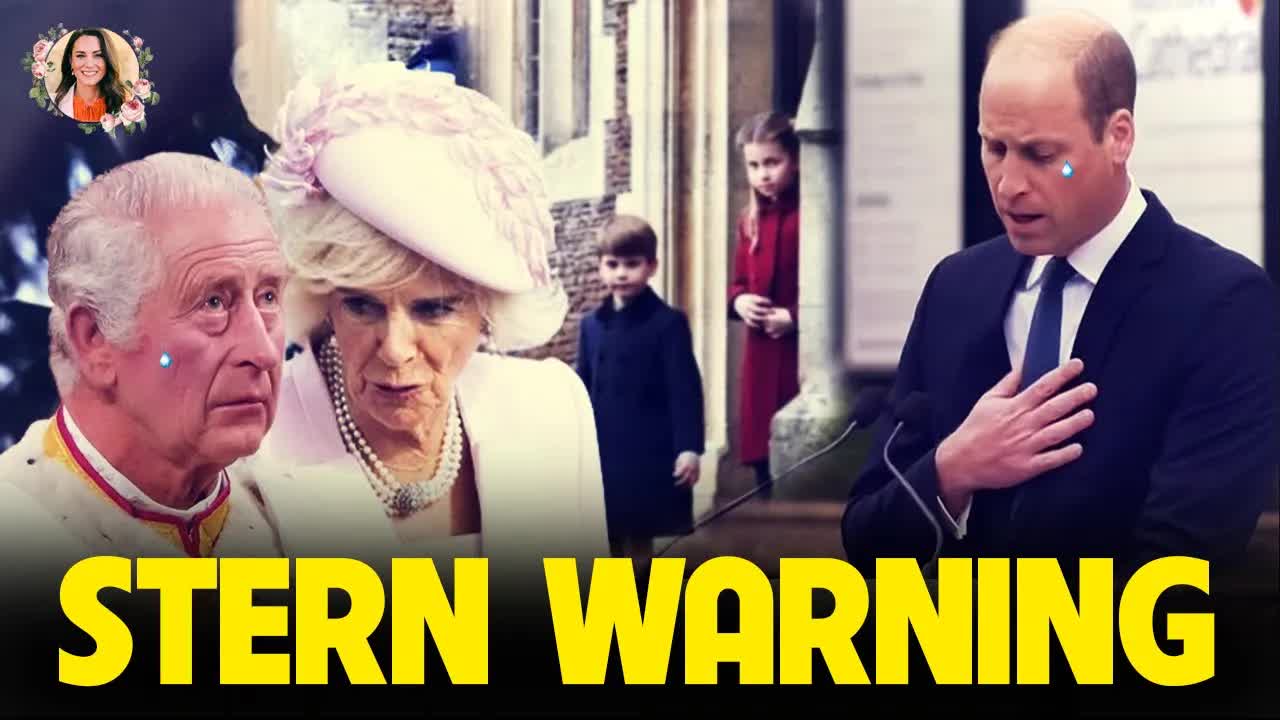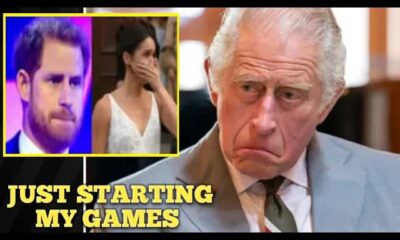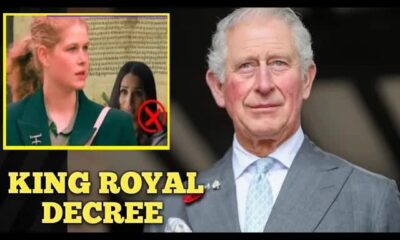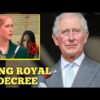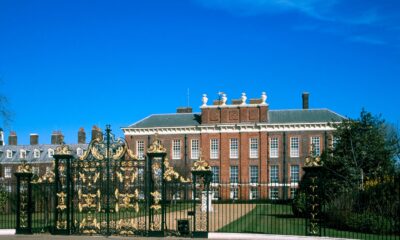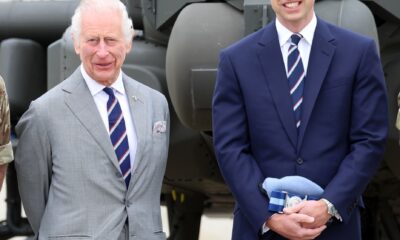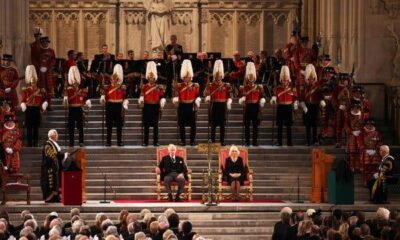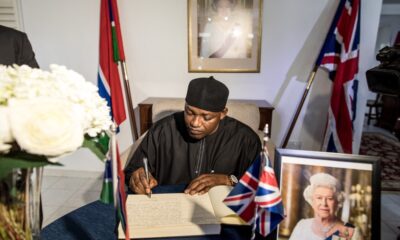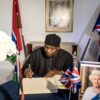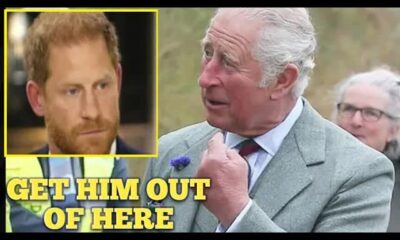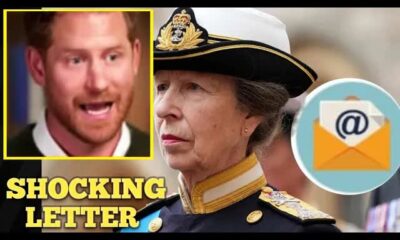The News
Royal Rifts: King Charles and Prince William’s Complicated Relationship
Rumors have been swirling lately about a rift between King Charles and his eldest son, Prince William.
For those who have been following the royal family closely, it all began with a seemingly innocuous incident—a leaky pen.
Since ascending to the throne, King Charles has relied heavily on the support of his heir.
However, their relationship hasn't always been as smooth as one might expect.
In fact, historical claims suggest that during their younger years, Charles had a closer bond with his younger son, Prince Harry.
This dynamic has led to moments of tension between the king and William, particularly when the latter was still known as the Prince of Wales.
Reports indicate that William didn't always show the respect one might anticipate for a future monarch.
Queen Camilla has reportedly played a role in navigating these familial tensions.
When she sensed that William was not adhering to the expected hierarchy, she would gently remind him of his position.
One notable incident involved William and Catherine requesting to join Charles and Camilla's security convoy as they departed Windsor Castle.
Their tardiness, however, left the older royals waiting, prompting Camilla to insist they move ahead without them.
By the time William and Catherine emerged, all they could see were the blue lights of the motorcade fading into the distance.
The relationship between William and Camilla has also been described as complex, especially in the early days of their marriage.
However, recent challenges have brought them closer together.
Both Charles and Catherine received cancer diagnoses earlier this year, creating a shared experience that has deepened their bond.
In times of adversity, families often unite, and this situation appears to be no different.
While the public faces of Camilla and William may project strength and resilience, it's likely they share quiet moments of understanding regarding their struggles.
Following the passing of Queen Elizabeth II, William expressed how she had been a steadfast presence during both the happiest and saddest times of his life.
Now, he finds himself sharing similar moments with Camilla, which could significantly strengthen their connection.
Looking back at William's early days in the public eye, he was often shy and reserved.
He tended to keep to himself, avoiding drawing attention.
With hands stuffed in his pockets and a tendency to blush, he exhibited a demeanor reminiscent of his father.
However, everything changed after his marriage to Catherine.
A newfound confidence began to blossom, allowing him to embrace his royal duties more fully.
As William became more accustomed to public engagements, he started to shine.
His confidence grew, and he learned to take control of situations when necessary.
The transformation was remarkable; he went from a hesitant royal to someone who genuinely enjoys being in the spotlight.
Public speaking, once a daunting task, has now become a source of joy for him.
This evolution is rooted in a desire to honor the legacy of his mother, Princess Diana.
William is committed to embodying the qualities she exemplified—confidence, humility, and compassion.
He aims to carry on her humanitarian work, wanting to make a difference just as she did.
William's determination to step into his royal role with authority has not gone unnoticed.
Following in the footsteps of the late Queen, he has demonstrated that the royal family is indeed in capable hands.
His calm demeanor and composed presence evoke trust among the public, and he has become a figure people can rally behind.
His body language speaks volumes; standing tall, shoulders back, and arms confidently by his side, William exudes an openness that resonates with those around him.
This shift has solidified his position within the royal family and the hearts of the nation, marking a new chapter in his journey as a senior royal.


